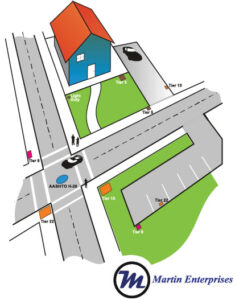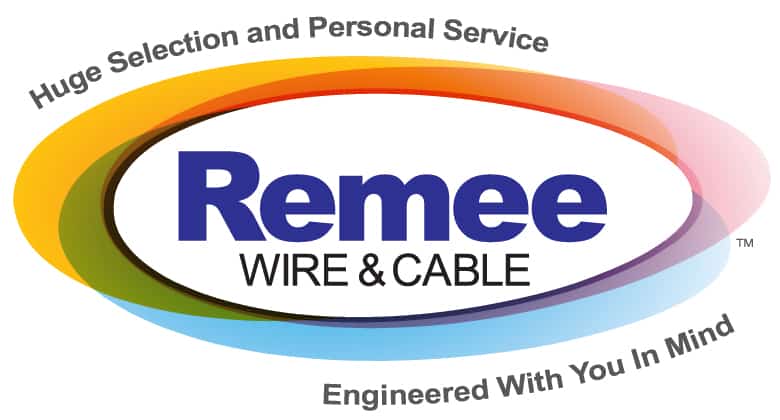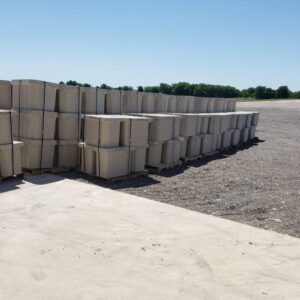Washington Underground Handholes – Washington OSP Fiber Handholes – Washington Fiber To The Home Underground Handholes
Underground Handholes
Underground handholes or enclosures are used in all fiber optic networks that use GPON networks for FTTH or Fiber To The Home Deployments that are private or federal funded.
Underground handholes are used to link fiber optic cables or power, communications cables placed inside innerduct conduit.
The standard is to place an underground OSP polymer concrete vault or underground enclosure every 500- 1000 feet. Inside the handholes you will find fiber splice cases , the innerduct and slack loop that is excess fiber optic cable or other power or communications cable. This excess cable is to normally used as expansion ot to use if a cable is damaged between the handholes.
The size of the underground vault depends on several issues that range from current requirements to future proofing the fiber network. Typically you have one or more (HDPE) innerducts ranging in size from ¾ inch to 4 inches that are placed between handholes every 500- 1000 feet. The underground handholes range in many sizes and load or traffic ratings listed below.
Inside the vault you will find innerduct that is placed at each
In campus or enterprise environments these handholes can be more numerous in density that long linear fiber cable runs.
American Data provides our valued customers many different sizes depending on the network topology or design.
Handholes are underground handholes that provide access to fiber optic cable and other utilities for splicing & repairs.
They are often called pull boxes, splice boxes, underground enclosures or handholes.
Four basic decisions are required when ordering handholes:
- Material
- Tier Rating
- Size
- Shape
Materials
Polymer Concrete
- Constructed of sand, aggregate and a bonding material, usually resin
- Heaviest for its size; requires a backhoe & crew to set and move
- Extremely durable and cost effective but shipping cost could be a factor
- Resistant to water, chemicals and UV
- Non metallic, non-conductive
- Rated for Tier 15 to 22
Fiberglass Reinforced Polymer (FRP)
- Constructed of high-strength fiberglass & resin for the box, then bonded to a polymer concrete support ring & lid
- Lighter than polymer concrete by about 30%
- Can be moved by two people but will require a backhoe & crew to set
High-Density Polyethylene (HDPE)
- The lightest weight – typically 50 – 75% lighter than polymer concrete
- Easily managed by two people to move and set
- Despite its weight, still constructed to have up to a Tier 22 rating and with a few modifications can achieve an H-20 rating
- HDPE material can be drilled, allowing for modification in the field
Advanced Composite Material
- 40 to 60% lighter weight than polymer concrete
- Can be easily moved in a pickup truck and set by two people
- Drillable material
- Stackable for shipping
Tier Rating

Light Duty: Pedestrian traffic only
Tier 5: Sidewalk applications with occasional non-deliberate vehicular traffic
Tier 8: Sidewalk applications with non-deliberate vehicular traffic
Tier 15: Driveway, parking lot and off-roadway applications mostly free from heavy vehicle traffic
Tier 22: Driveway, parking lot and off-roadway applications with occasional non-deliberate heavy vehicular traffic
AASHTO H-20: Deliberate vehicular traffic applications
Tier rating information and image courtesy of Martin Enterprises.
Useful Options
Consider these options when selecting the appropriate handhole for your application
Nameplates. Choose your company name for the nameplate, or the more generic labels of “communication,” “telecom” or “utilities”.
EMS Markers. A built-in EMS marker allows a locator to find the handhole when it’s buried under landscaping, snow, etc.
Easy-Locate System. An easily accessible port in the lid of the handhole that provides a ground bar for easy toning of the entire network.
Interior Rack Mounts. Support and organize slack cable or splice closures.
Sizes
Many sizes are available, ranging from 12 x 12 x 12″ to 48 x 60 x 48″
Most common in telecom:
- 17 x 30 x 24″
- 24 x 36 x 24″
- 48 x 36 x 36″
Shapes
- Rectangular



















